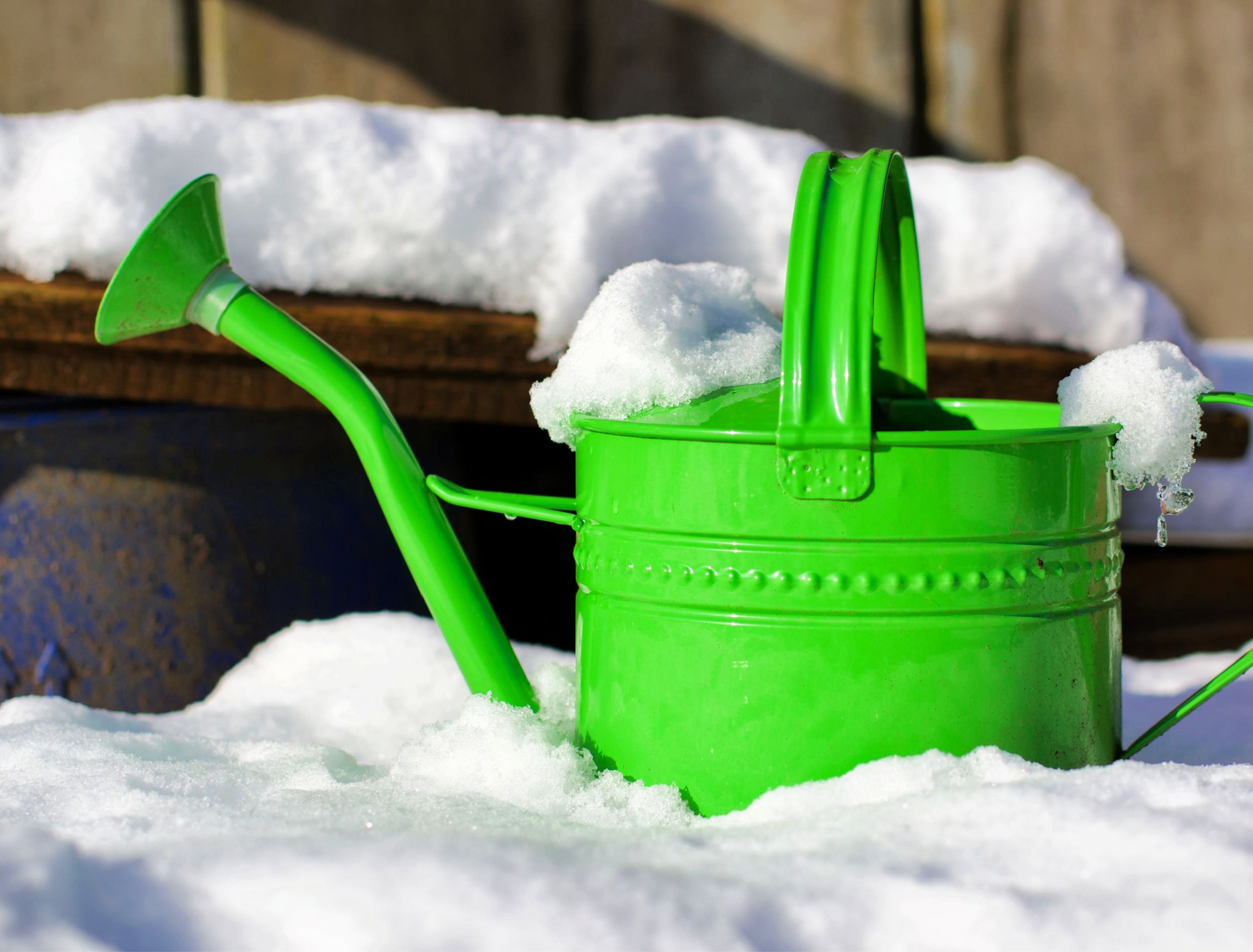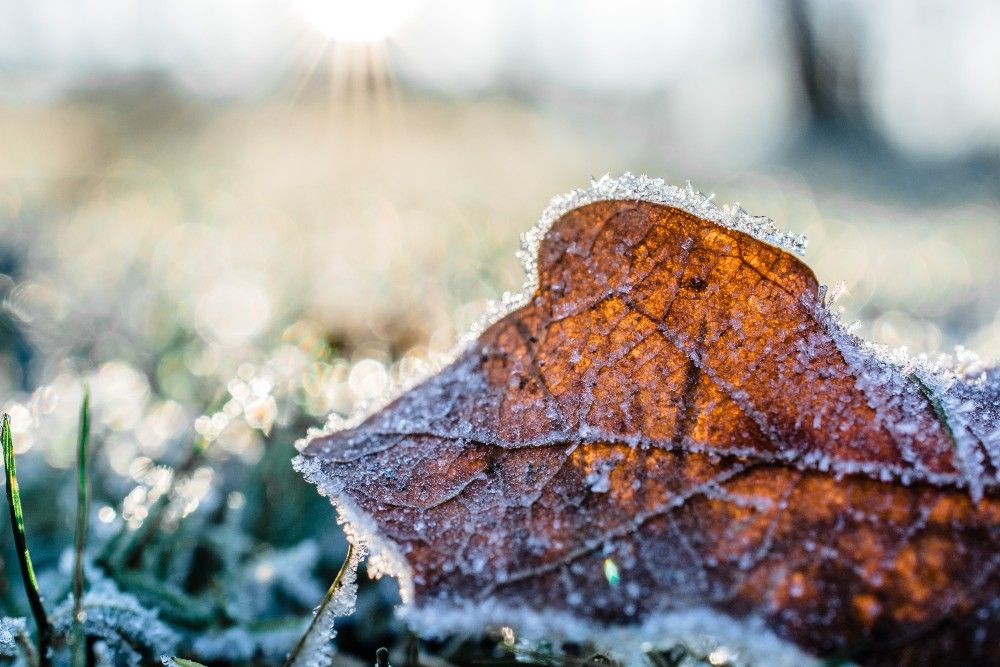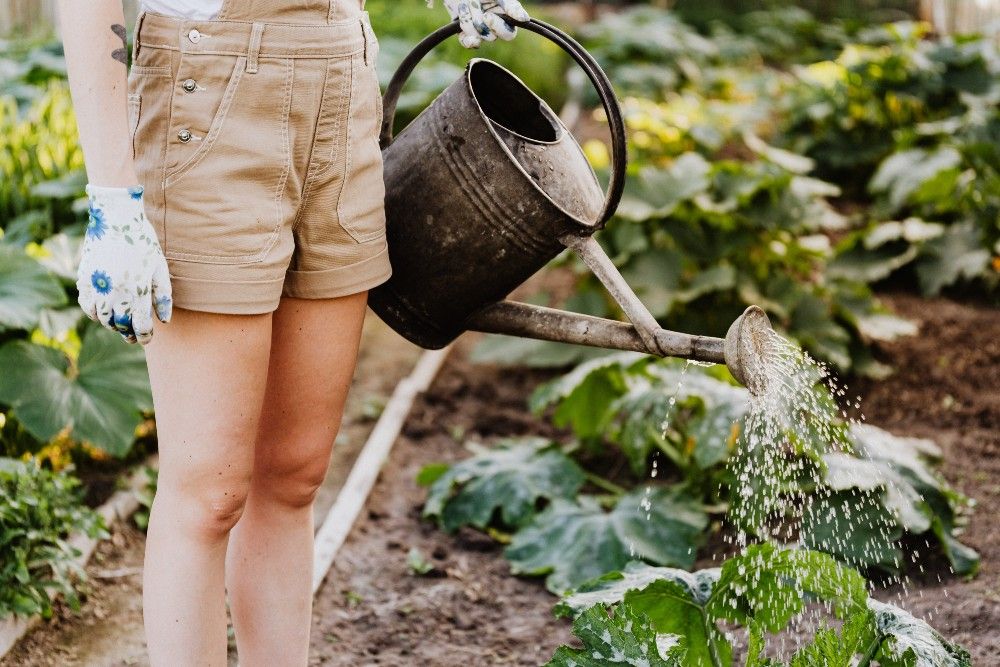Many people consider gardening an activity to conduct in the spring and summer. However, your garden needs plenty of attention and care, even in winter. Watering the green areas of your home according to the season ensures better and more prolific plant growth.
Learn the best watering schedule for your winter garden.
How Often to Water Your Garden in Winter
Image credits: Ginny via Pexels
Winter often means dry winds, fluctuating temperatures, low humidity, and rain. Therefore, you should water your garden once or twice a month, depending on the soil and weather conditions.
You do not need to water your plants once the snow is covering the ground, the frost hits, the soil is frozen, or the temperature drops below 40 degrees Fahrenheit. Once the air reaches this temperature, the soil most likely becomes frozen and there is no point in watering frozen soil as it cannot absorb moisture.
You can skip watering come winter if the ground is covered with snow since the moisture from the snow will keep your soil damp. However, you need supplemental watering if you live in an area that does not get heavy snowfall or is susceptible to drying winds.
With this in mind, it's always best to keep an eye on the soil to gauge the frequency of winter watering, especially when there has been less than 1 inch of precipitation or a long period of dry wind.
To check if the soil is dry, probe the ground with a flat-head screwdriver or a metal rod. If you are unable to or it's difficult to push the screwdriver more than 2 to 3 inches deep, it indicates that the soil needs more water. Do this test every 10 feet to get a more comprehensive picture of your overall soil condition.
How to Water Your Garden in Winter
Image credits: Chand Sharma via Pexels
The key to watering your shrubs, plants, and trees during the colder months is to allow the moisture to trickle slowly into the ground. This method gives the soil ample time to absorb the water and prevent waterlogging, which can lead to rotting roots or suffocation.
The best way to apply water to your garden is by using a soaker hose that you can place around your plants and garden borders. You can also use sprinklers if you have trees in your garden.
Special Instructions
Image credits: Karolina Grabowska via Pexels
When applying water to your garden, pay special attention to the area around the growths. Water the trees or place your soaker hose along the dripline of the trees (under the tips of the tree branches).
Next, lay the hose along the row of plants in a narrow bed or in the middle of a wider bed. The time you should keep your water running depends on the system you are using, the water pressure, and how dry the soil is.
Check your garden soil after every session to ensure it is wet up to six to eight inches in depth. Once you have a general idea of the time it takes for your watering method to dampen this depth, you can use a timer each session.
After you finish watering, remember to disconnect the hoses and drain them thoroughly. Otherwise, they can freeze and crack, rendering them useless.
Ideally, avoid watering your garden when it is particularly windy, as the wind can essentially dry off your garden while you water it. Moreover, the best time to apply moisture is early in the day to provide sufficient time for the plants to utilize the water before the soil becomes frozen at night.
Why Should You Water Your Garden in Winter?
Image credits: Creative Vix via Pexels
Proper watering techniques are important for the health of your plants year-round, including in winter. During the colder season, most plants are dormant, dropping their leaves, and not growing new ones until spring. However, dormant plants still have metabolic functions, and they need water to stay alive and to be able to regrow.
If you cease watering your winter garden appropriately, the roots can dry out and cause permanent damage to the plant. In addition, even if the plant appears normal and sprouts new leaves come spring, it might be weaker and more prone to attacks by pests, insects, and diseases. The weakened condition can also increase the probability of the plant dying sooner.
Therefore, maintain a winter watering schedule if you want your garden to thrive when the temperature rises.
Winter Care Done Right
Watering your garden according to the season helps you maintain it properly, leading to a lush green, healthy plot. Therefore, apply water to your winter garden one to two times a month, depending on the weather.
How often do you water your garden in the winter? Share in the comments below!





